Why Compost?
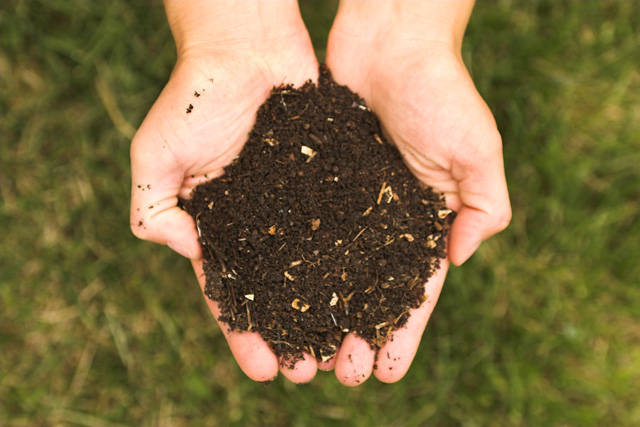
Composting has gained popularity as more people have turned their attention to the garbage crisis the world is facing. But what is compost? Compost is a nutrient-rich soil that’s created by letting organic matter decay. Many homeowners are discarding food scraps and lawn waste, organic matter that could be turned into compost, into the garbage; when in a landfill, those materials don’t get enough oxygen to turn into compost and instead release methane, which, like carbon dioxide, is harmful for the environment. The Environmental Protection Agency (EPA) suggests that composting can offer a variety of benefits, not limited to the enrichment of soil, prevention of pollution, clean-up of contaminated soil, and additional economic benefits! Plus, composting is something you can easily do at home; a contractor can even help you build a fence or enclosure, if that’s the method you prefer (see below for additional methods).
Ingredients for Composting
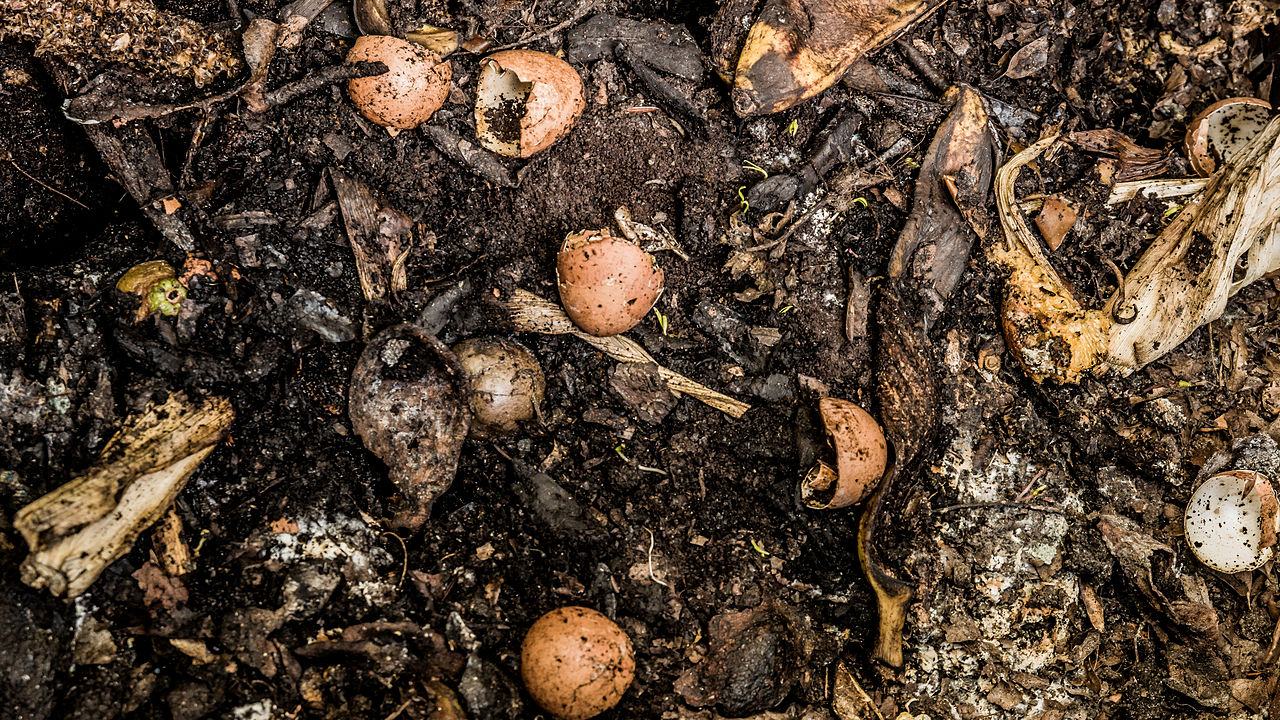
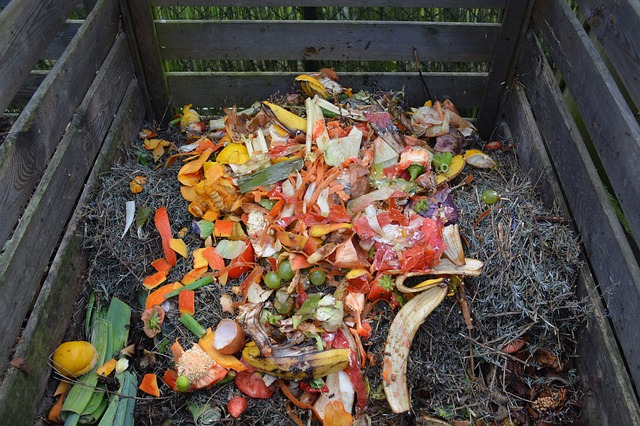
Compost, in the simplest terms, is a rich soil made from decayed organic materials, like plants, grass clippings, and vegetable food scraps. When these decay, they turn into a substance called ‘humus’ (hyoo-mus), a dark soil that holds nutrients from the decayed organic material but also has the ability to hold more (additional) nutrients than other types of soil. As the National Resources Defense Council (NRDC) writes, this is why adding compost (humus) to a garden is so beneficial - not only does it feed the plants you are growing right when you add it, but it also helps the soil hold nutrients (including added nutrients via fertilizer) so they don’t get leached away by watering or rain, and it helps to balance the acidity of the soil.
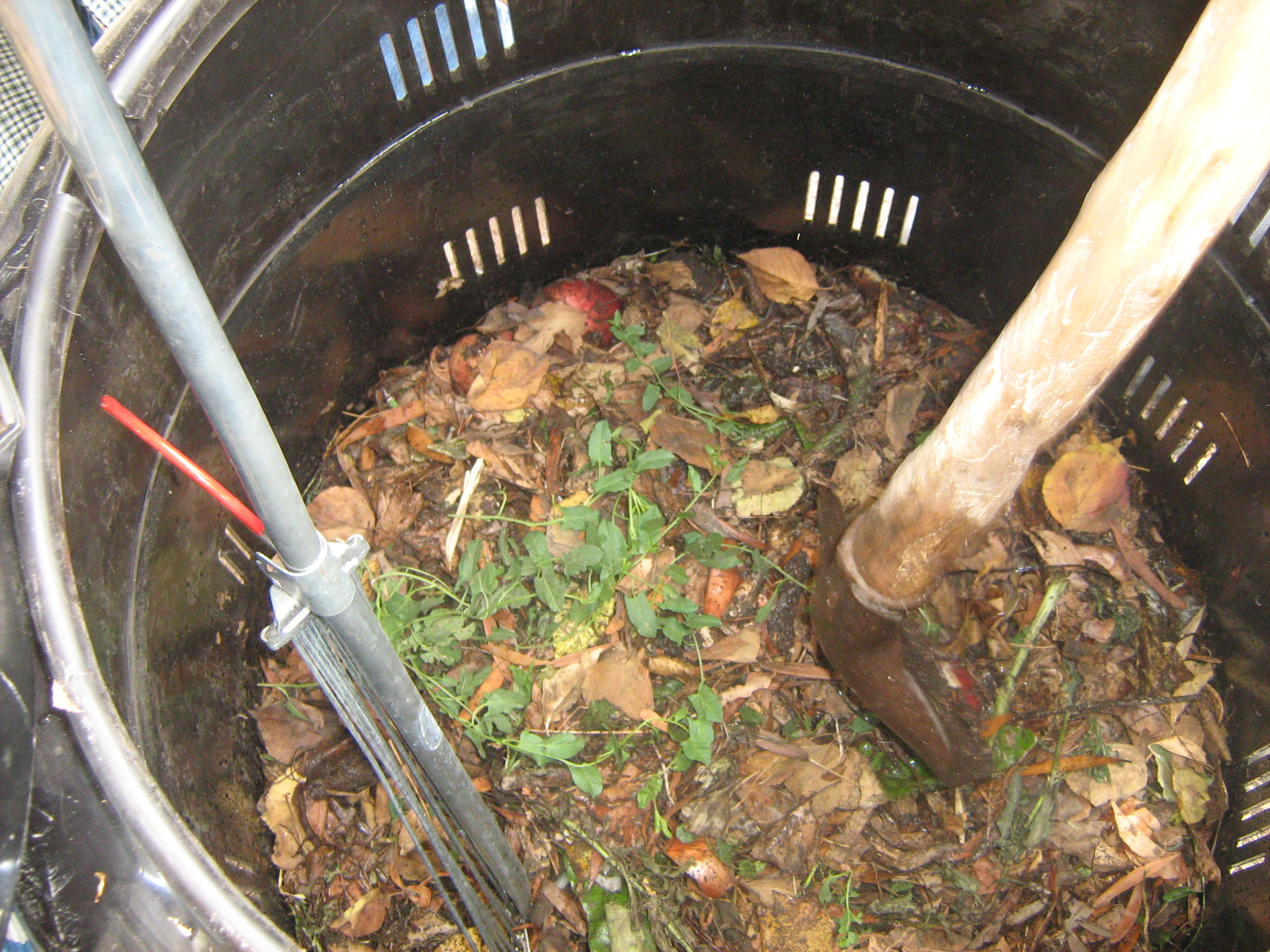
Though all you really need for compost is decaying organic material, the material can be broken down into a couple of categories, namely “brown waste” (high carbon content) and “green waste” (high nitrogen content). Brown waste includes things like coffee grounds, twigs, dead or fallen leaves, sawdust, etc., and green waste is where grass clippings, vegetable and fruit peels, weeds, flowers, etc. fit in. You’ll be able to create high quality compost more quickly by using a mixture of both. The active decaying will create heat (which is also necessary for composting) and should create moisture, though you may need to add a little extra water from time to time. Those basic ingredients will lead to dark, nutrient-rich soil for your landscaping needs in anywhere from 2 months to a year!
Methods
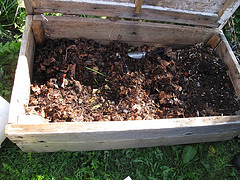
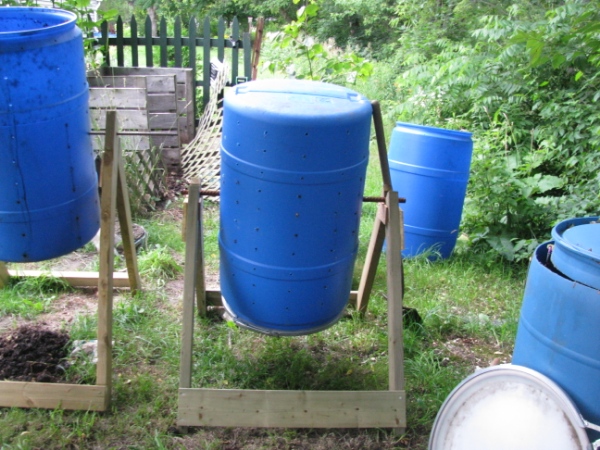
- Worm Bins: Worm bins are easy ways to compost small amounts either indoors or outdoors. Exactly what they sound like, worm bins consist of a bin (often plastic) with a latching lid and holes on every side for the circulation of air. In the bin, you add bedding (newspaper or leaves work well), a little soil, the composting material (peels, food scraps, eggshells, etc.), and worms. You may not have known that there were different types of worms, but you want to buy red worms or red wigglers for composting. After a while, you’ll have your compost, and if you’ve done this with your kids or even in a classroom, you’ll all have also learned an important lesson about environmental stewardship and the positive impact individuals can have on the environment!
- Compost Bin: There a quite a few commercial compost bins for sale, though you can also make one yourself for your composting needs. There are standing versions that fit indoors or outdoors and grounded versions that you place in your yard (these allow beneficial bugs and moisture to get to the compost but it remains contained). For this method of composting, you generally want to layer or mix together both brown and green waste (be careful not to add meat, fats, or anything to attract vermin), and you may also want to turn the compost occasionally (some bins are rotating bins that allow the compost to be mixed with less effort on your part, while enclosures don’t necessarily get turned but allow access to the bottom layer of the enclosure so you can get to the compost).
- Cold Composting: Finally, if you do a lot of lawncare but don’t have a specific composting bin or enclosure, you can ‘cold compost.’ This refers to piling lawn clippings and other compost material in one area of your yard and letting nature do its work. It may be helpful to turn the pile occasionally, and you may want to cover it with a layer of brown waste (especially if you throw kitchen scraps onto the pile), but it’s not actually necessary - the pile will eventually create compost, though it’ll take the longest of any of the three methods.
 Let a landscape architect give you an estimate on your project
Let a landscape architect give you an estimate on your project

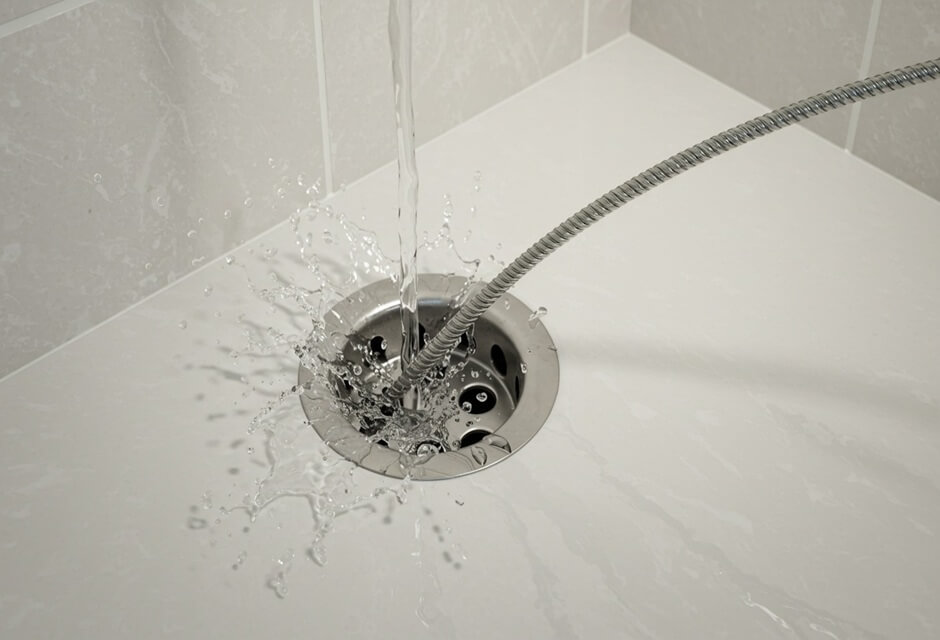

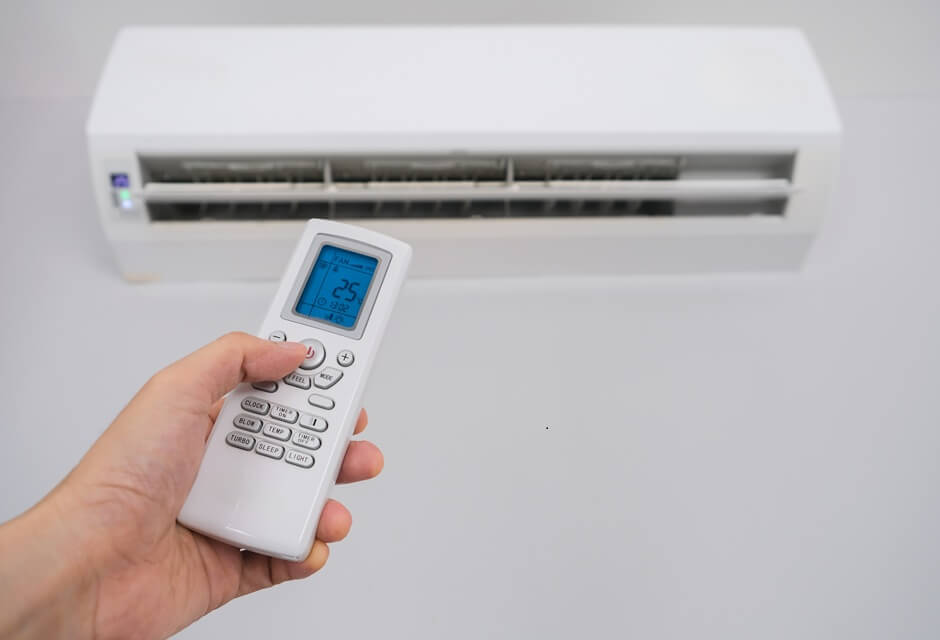
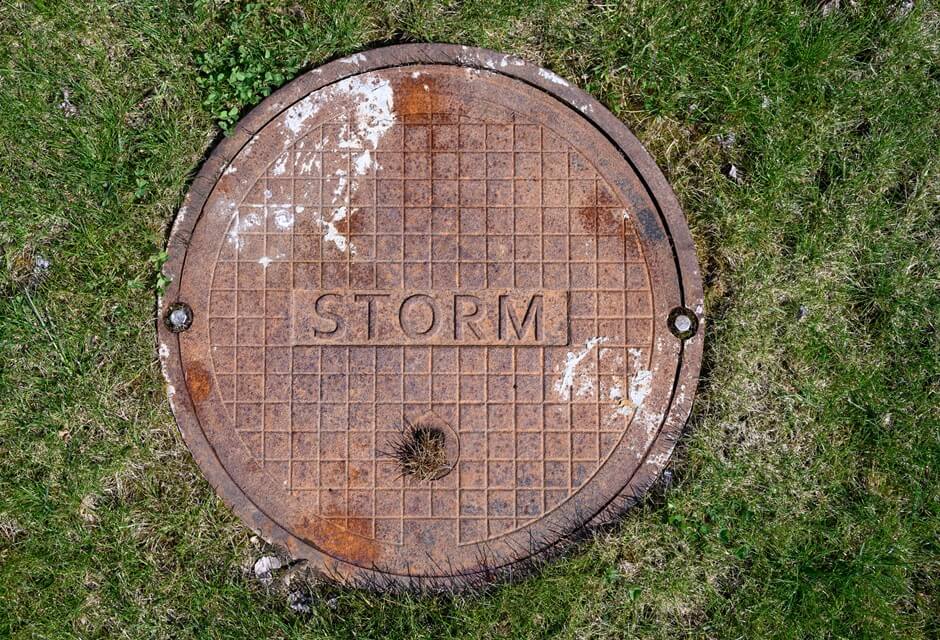
 Member of the
Member of the